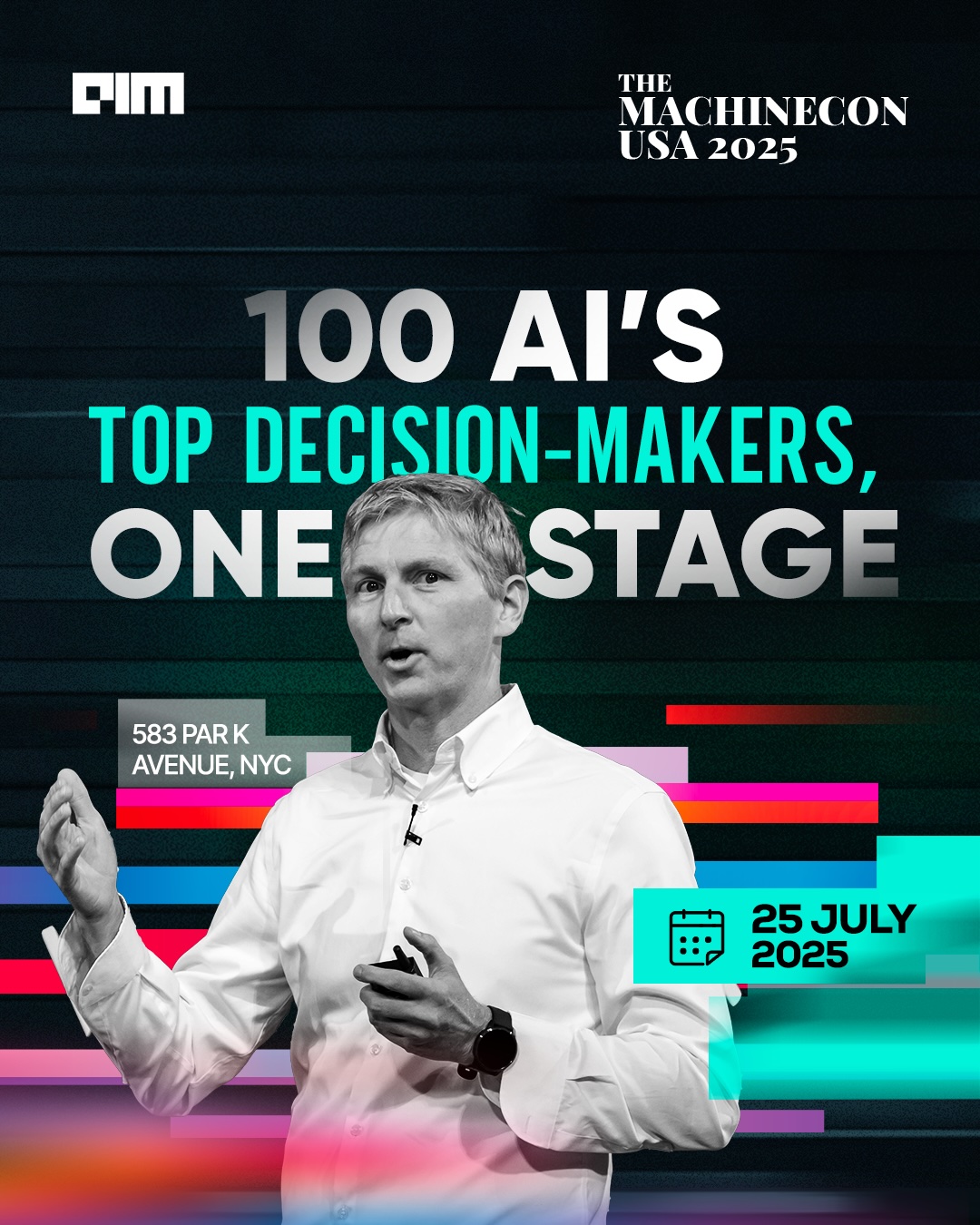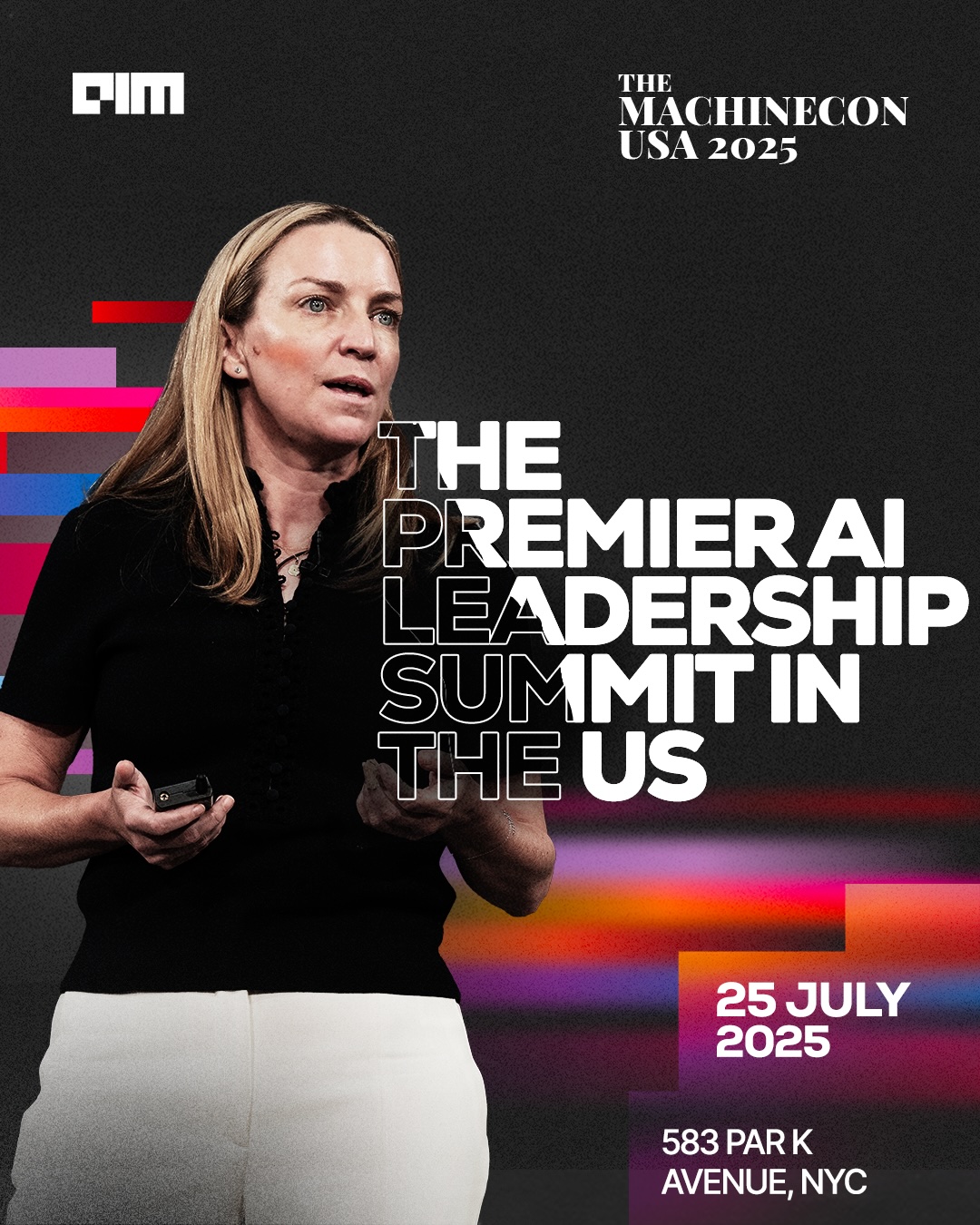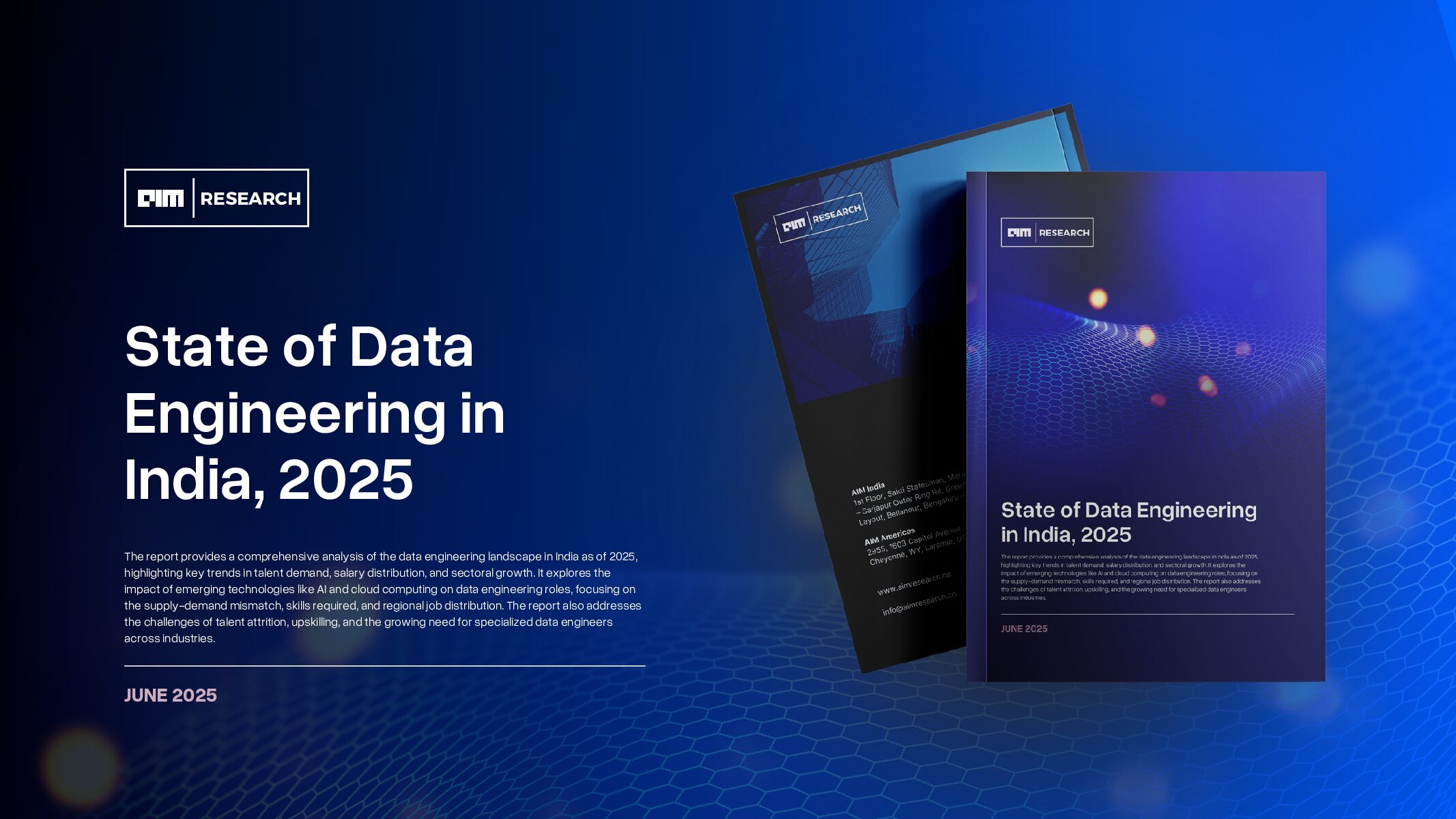In today’s rapidly evolving technological landscape, generative artificial intelligence (AI) is revolutionizing the way we create, innovate, and navigate the digital world. From generating realistic images and videos to producing compelling content and driving automated decision-making, generative AI has become a game-changer across various domains. However, with such immense power comes ethical considerations that demand our attention. As we explore the vast potential of generative AI, it is crucial to understand the ethical implications that arise, ensuring responsible development, deployment, and usage.
In this week’s series, we delve into the realm of generative AI, along with Swapnil Srivastava who provides invaluable insights into the innovative possibilities, ethical challenges, and the role of generative AI in shaping our collective future.
Swapnil is an accomplished leader in the field of data science and analytics, currently serving as the Executive Vice President and Global Head of Analytics at Evalueserve. With a career spanning over 15 years, Swapnil brings a wealth of expertise in analytics consulting, strategy development, and financial research to the table. His profound understanding of leveraging data and analytics enables organizations to achieve their strategic objectives, whether it be enhancing revenue and margins, optimizing operations and asset utilization, or driving digital transformation. As a research-oriented visionary, Swapnil is dedicated to empowering businesses with actionable insights and establishing analytics centers of excellence.
AIM Research (AIM): Generative AI has been the talk for quite a few months now. A year back as a leader in the industry did you envision such a revolution coming. What was your vision for the world then and how has Generative AI crossed your expectations?
Swapnil Srivastava (SS): I’ve seen AI play an increasingly significant role in client solutions for years. However, I could not have predicted that a chatbot would take the world by storm and reach a record-breaking 100 million users in just two months. Last year, along with my team, I was researching ways to leverage more advanced artificial intelligence algorithms to improve model accuracy and ROI from select analytics use cases. For example, using neural networks to help supply chain professionals predict product demand or applying reinforcement learning in optimizing marketing campaigns. We were also exploring NLP and computer vision-based use cases with our clients. Although these use cases piqued their interest, they were not prioritized.
Fast forward to 2023, everyone from data scientists to business leaders is throwing around terms like GPTs, LLMs and fine-tuning. The unprecedented success of ChatGPT shed light on the remarkable possibilities of AI in the workplace. Suddenly, all our clients, including C-level executives, are eager to explore its potential. Generative AI is acting as a catalyst for AI adoption in the industry and will provide a range of benefits to corporations across industries in the following areas: content creation, product design, digital marketing, research and development, customer servicing, data analysis, and risk management to name a few.
AIM: As the Executive Vice President of Evalueserve you work with a lot of clients and help them build analytics capabilities that enable successful business outcomes. How has Generative AI been helping you in that space? Has it been a catalyst for business growth?
SS: Generative AI is a clear productivity enhancer for core analytics skills like code generation, code translation, etc., allowing analytics teams to work faster and more effectively. However, what truly excites me is the immense potential of generative AI in delivering personalized insights to clients at an unprecedented speed and scale.
For as long as I can remember, clients have asked for insights on demand at their fingertips. Platforms like PowerBI and Tableau have made considerable strides in scaling insights across organizations. Yet, despite these modern BI tools, turning insights into action is still a significant challenge. We’ve stepped into several client situations where a BI tool was technically deployed but barely used.
Decision-makers at large enterprises often feel like they’re swimming in data, but the relevant insights evade them right when they’re needed. Even dynamic, interactive dashboards can become quite bloated with information. When designed well, it will show critical insights on the home screen, but it can be overwhelming and time-consuming to navigate if you need to dig deeper or corroborate data on a different dashboard. Business adoption typically requires significant training efforts and high-touch support from the data science COE. Without proper change management, the entire project can become a resource drain.
Generative AI has the potential to solve this industry-wide problem. Since it has turned spoken languages like English into powerful coding languages, business users can use natural language queries to interact with data and dashboards in increasingly sophisticated ways. In my opinion, Generative AI will completely revolutionize (or even disrupt) the business intelligence world. The majority of my client conversations today are related to modernizing business intelligence leveraging Generative AI.
AIM: In your journey from being a senior business analyst to now, what were some of the challenges then that could have been easily solved with the help of Generative AI? And today with Generative AI what are some of the challenges you are facing now? What is the difference that you are seeing in these challenges?
SS: As I mentioned, generative AI would have been an efficiency boost throughout my analytics career. Early in my career, I could have automated many rote tasks in data preparation and shortened turnaround times. However, individual productivity gains would not have furthered my career. I’m sure other top performers would have done the same.
Solving challenges with generative AI is just like solving challenges with any other tool. The key is to think strategically about its transformative qualities in current and new use cases. What new revenue streams can it bring in? Which value chains could be completely rewritten? For example, I also see a lot of potential in scenario generation and simulations. Synthetic data generation techniques make it possible to apply advanced analytics techniques to use cases that traditionally lack sufficient training data, such as in the B2B or B2B2X world. Another no-brainer is internal knowledge management. Between high data scientist turnover rates and the need to communicate better with business functions, facilitating faster knowledge transfer and onboarding can make a significant impact on a company level.
With the introduction of generative AI, we are witnessing a surge in demand for more AI use cases and an increased appetite for integrating AI into business processes. Most enterprises already have AI or analytics roadmaps in place, and they are eager to expedite the implementation timeline. However, as companies start integrating Generative AI use cases in business operations, they will need to navigate challenges such as change management, AI-friendly operating model, data privacy and security, algorithmic bias, and shortage of skilled talent, etc.
AIM: What new advancements do you expect to see in generative AI in the future? How do you see using these trends in your work to develop game-changing products and influence industries on a global scale?
SS: Looking ahead, I anticipate many exciting advancements in generative AI. Generic LLMs have become sufficiently powerful to drive numerous use cases, and the market is quickly figuring out the most common, widely applicable ones.
In my work, I see tremendous opportunities to develop domain-specific products that can be configured to specific business use cases. The digital age has reinvented the infrastructure of how we work, and now generative AI is further pushing these boundaries.
We will see more domain-specific AI assistants in the workplace – BI assistants, marketing assistants, HR assistants, CFO assistants, etc. But the key questions remain: How specific will they get? Which ones will be the most transformative? I look forward to working through these challenges with our client organizations. Each organization must thoroughly analyze its internal processes to determine the precise requirements for solution design – where to deploy, what data to train it on, how often you need humans in the loop, etc. Implementation strategies will also vary. Some tools may access foundational models through APIs, while others must be deployed behind firewalls to protect data privacy and security. Innovating closely alongside clients is where we’ll see the most meaningful and lasting change.
AIM: What advice would you like to give industries or some key trends they should be focusing on in Generative AI?
SS: My advice for both data science and business professionals would be to – explore, invest, experiment, and adapt. The use of Generative AI can lead to significant cost savings, increased productivity and efficiency, and potentially new revenue streams for businesses. Early adopters of this technology can create a competitive edge and gain substantial market share within their industry.
If generative AI is really as transformative as the GUI, as Bill Gates says, or the invention of fire, according to Larry Summers, then the most transformative use cases are yet to be seen.
AIM: To conclude in a sentence, what do you think Generative AI will mean for the world of work in the coming years?
SS: The way we work will continue to change with generative AI, the next type of AI, and the next one after that – as the famous quote says, “There is nothing permanent except change.”
























